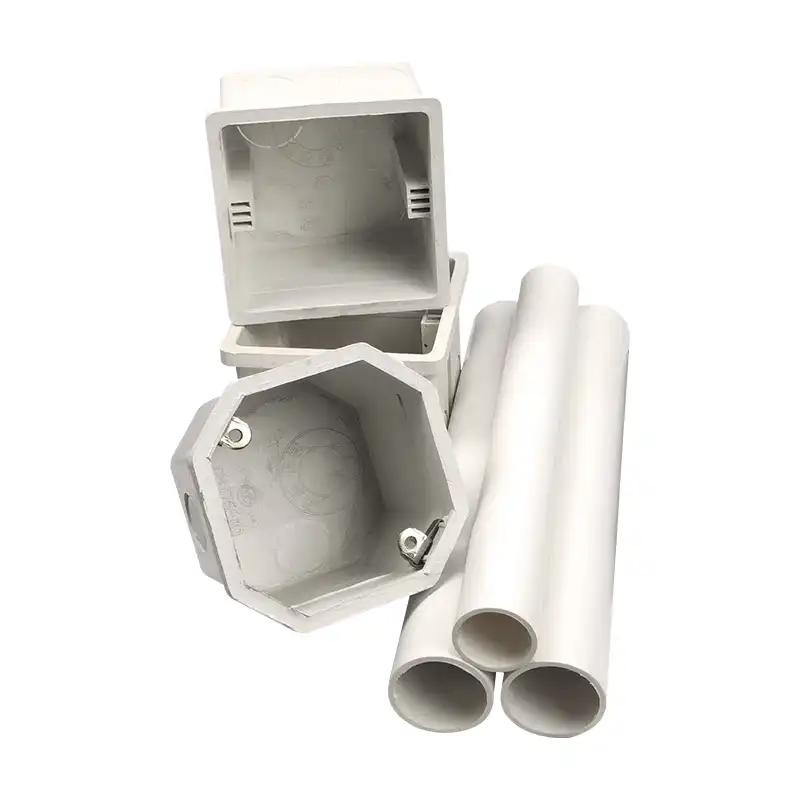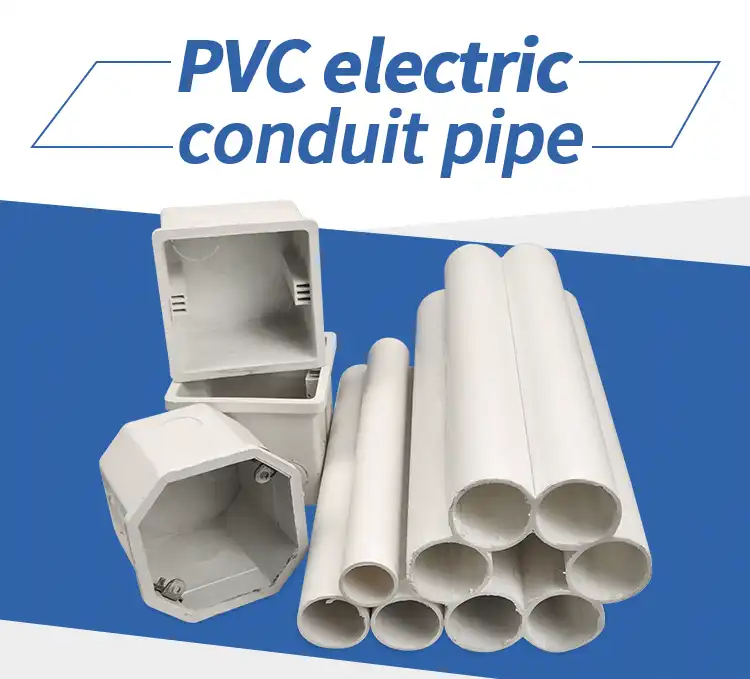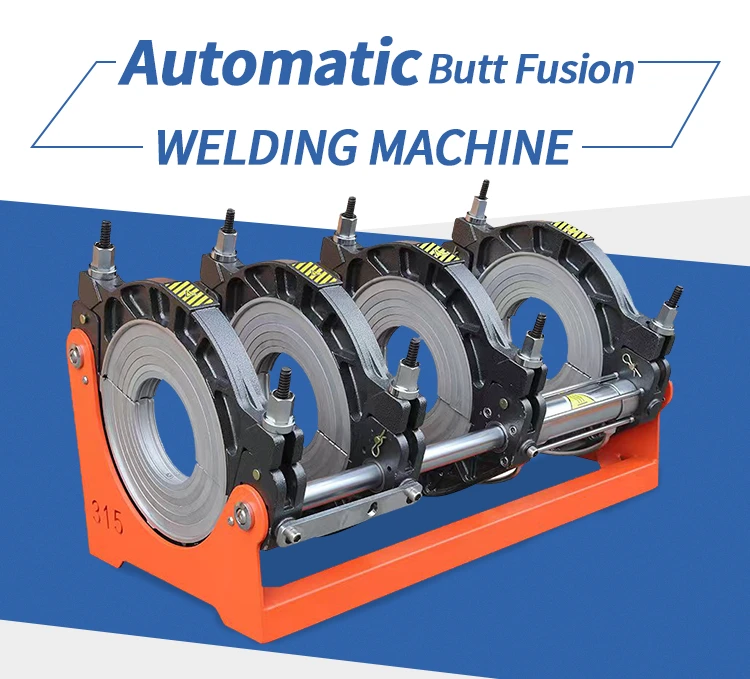PVC Conduit Pipe
One common type of cable protection conduit is PVC (polyvinyl chloride) pipe. This type of pipe is widely used in both residential and commercial settings due to its low cost and ease of installation. It is also resistant to corrosion and chemicals, making it suitable for use in a variety of environments.
HDPE Conduit Pipe
Another type of cable protection conduit is HDPE (high-density polyethylene) pipe. This type of pipe is known for its high strength and durability, making it a popular choice for use in industrial and outdoor applications. It is also resistant to corrosion and UV radiation, making it suitable for use in harsh environments.
MPP Pipe
A third type of cable protection conduit is MPP (multi-purpose pipe). This type of pipe is made of a flexible, yet durable material that is resistant to corrosion and chemicals. It is easy to install and can be bent and shaped to fit around obstacles, making it a suitable choice for use in tight spaces.

In addition to these three types of plastic pipes, there are also metal conduit options available. These include steel and aluminum pipes, which are known for their strength and durability. However, metal conduits are generally more expensive than plastic options and may be more difficult to install in some cases.
In addition to the types of materials used, there are also various types of cable protection conduits available based on their intended use or specific features. For example, some conduits are designed for use in outdoor applications and are resistant to UV radiation and impact. Others are intended for use in hazardous environments and are made of materials that are resistant to chemical spills or explosions.
There are also specialized conduits available for specific types of cables or wires. For example, there are conduits designed specifically for use with fiber optic cables, which require protection from bending and crushing. There are also conduits designed for use with electrical wires, which must be protected from damage and moisture.

How to choose your cable protection conduit pipe
When choosing a cable protection conduit, it is important to consider the specific needs of the project. Factors to consider may include the type of cables or wires being protected, the environment in which the conduit will be installed, and the budget for the project. By considering these factors, you can select the most suitable type of conduit for your needs.
When installing a cable protection conduit, it is important to follow proper installation procedures to ensure the integrity of the system. This may include using the appropriate fittings and connectors, properly securing the conduit to supports, and properly sealing any joints to prevent leaks or damage.
Overall, cable protection conduits are an essential component of any electrical or telecommunications system. They provide protection for cables and wires, allowing them to function properly and safely. By choosing the right type of conduit for your specific needs, you can ensure the long-term reliability and performance of your system.






294.webp)
476.webp)
420.webp)
146.webp)


